Der Range Rover Sport ist ein großartiges Auto, das in der Kategorie der Luxusfahrzeuge hervorsticht. Er bietet nicht nur hohen Komfort, sondern ist auch dynamischer zu fahren und etwas günstiger als sein mächtiger Zwilling, der Range Rover.
Im JD Power-Rangliste 2024Der Range Rover Sport erhielt in der Zuverlässigkeitsbewertung 76/100. Das ist zwar eine hervorragende Bewertung, aber der Luxus-SUV ist alles andere als fehlerfrei und es gibt Probleme, die Besitzer oder diejenigen, die einen Kauf in Erwägung ziehen, kennen sollten.
Lesen Sie weiter, um die fünf wichtigsten Probleme des Land Rover Range Rover Sport im Jahr 2025 zu erfahren.
Inhaltsverzeichnis
Range Rover Sport-Übersicht
5 häufige Probleme mit dem Range Rover Sport
1. Probleme mit der Federung
2. Fehlfunktion der Airbags
3. Bremsprobleme
4. Flüssigkeitslecks
5. Elektrische Probleme
Fazit
Range Rover Sport-Übersicht
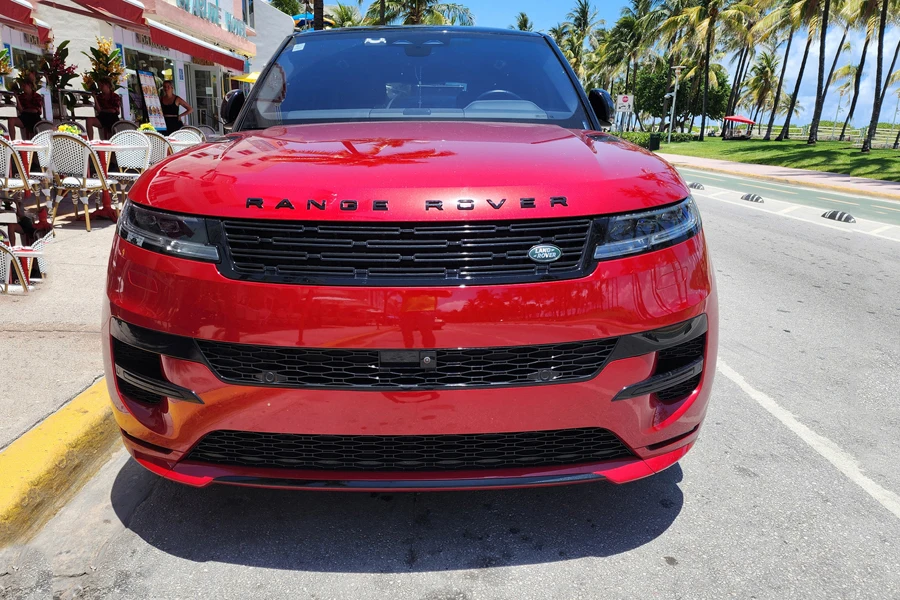
Range Rover Sport ist ein mittelgroßer Premium-SUV der Jaguar Land Rover Group. Er ist ein direkter Konkurrent zu Angeboten anderer High-End-Marken wie BMW X5, Porsche Cayenne, Mercedes Benz GLE und Audi Q7.
Das Herzstück des Range Rover Sport bilden verschiedene Motoren, die auf unterschiedliche Fahrstile ausgelegt sind. Der serienmäßige P360-Reihensechszylindermotor bietet in der Grundausstattung 350 PS.
Der zweite ist der P400-Reihensechszylinder mit 395 PS und eine Plug-in-Hybridversion namens P550e. Er liefert 542 PS und eine Reichweite von 53 Meilen im Elektrobetrieb.
Es verfügt über eine Luftfederung, die auf der Straße und im Gelände abgestimmt werden kann. Es ist jedoch nicht ganz so aggressiv, wie der Name vermuten lässt, aber Land Rover hat ein weiteres Modell namens Range Rover Sport SV eingebaut, das von einem Twin-Turbo-V8 von BMW angetrieben wird.
Im Jahr 2024 kündigte Range Rover eine vollelektrische Version an, die zunächst auf dem europäischen Markt debütieren wird, bevor sie 2025 in den USA auf den Markt kommt.
5 häufige Probleme mit dem Range Rover Sport
1. Probleme mit der Federung

Probleme mit der Federung gehören zu den häufigsten Problemen beim Range Rover Sport. Luftfedersystem Das Auto wird mit Airbags ausgestattet, die herkömmliche Schraubenfedern ersetzen und für ein gutes und komfortables Fahrerlebnis sorgen. Das Problem besteht darin, dass die Airbags altern und sich abnutzen können und das Auto unter Druck durchhängen oder hüpfen kann.
Das gesamte System, einschließlich eines Steuermoduls, Kompressor, Luftfederbeine und Luftfedern, sollten in den meisten Fällen ersetzt werden, obwohl in nicht so schweren Fällen nur wenige Teile, wie der obere oder untere Querlenker, ersetzt werden müssen. Wenn Besitzer also feststellen, dass ihr Range Rover Sport-Fahrrad rau geworden ist, wird ihnen empfohlen, es zu einem professionellen Mechaniker zu bringen, um die Luftfederung überprüfen zu lassen, um weitere Schäden zu vermeiden.
2. Fehlfunktion der Airbags
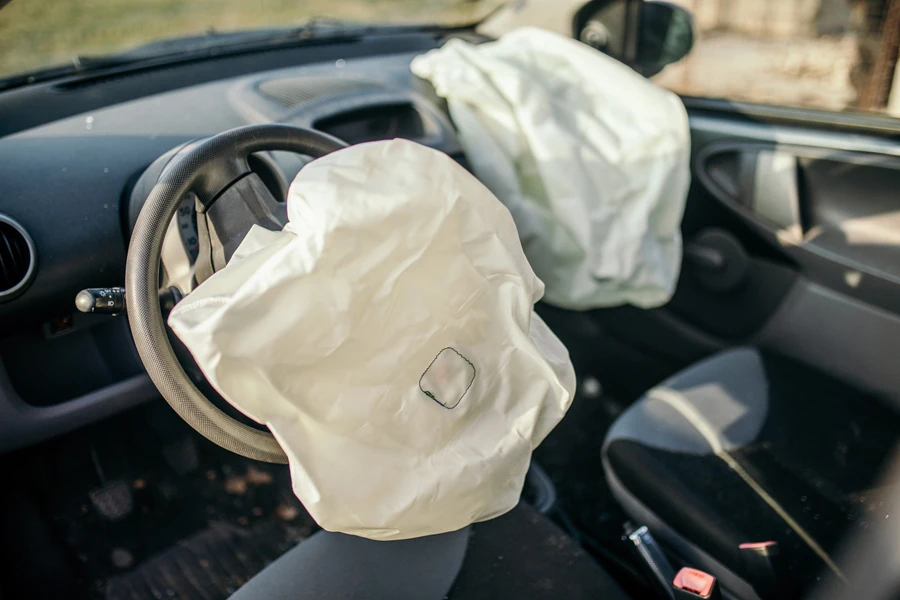
Range Rover verfügen außerdem über ausfahrbare Airbags, die die Insassen im Falle einer Kollision schützen. In manchen Situationen Airbags Es kann zu Fehlfunktionen kommen und dazu führen, dass die Airbag-Warnleuchte im Armaturenbrett aufleuchtet.
Ein Airbag-Ausfall kann in zwei verschiedenen Szenarien auftreten. Im ersten Fall könnte ein Airbag als Reaktion auf eine Bodenwelle aktiviert werden, was unerwartet sein könnte. Im anderen Fall könnte es sein, dass der Airbag bei einem Unfall nicht ausgelöst wird und die Insassen des Fahrzeugs verletzt werden könnten.
Airbags sind lebenswichtig. Wenn sie beschädigt werden, sollten sie von einem autorisierten Land Rover-Servicetechniker überprüft und ausgetauscht werden. Airbag-Warnleuchten sollten niemals ignoriert werden.
3. Bremsprobleme
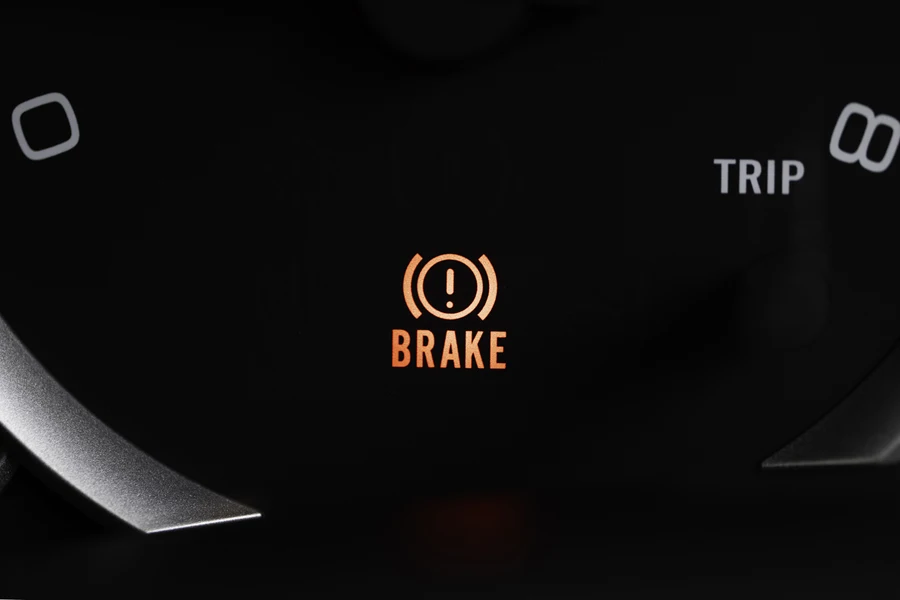
Bremsen sind in jedem Auto natürlich eines der wichtigsten Systeme, da sie die Geschwindigkeit des Fahrzeugs verringern und es zum Stehen bringen. Bremsfehler sind leider ein Problem, das nur Range Rover Sport betrifft.
Die SUVs Bremsbeläge, Scheiben und Rotoren müssen häufiger ausgetauscht werden. Das liegt daran, dass der Range Rover Sport ein leistungsstarkes und großes Auto ist, das die Bremsbeläge schneller abnutzt als andere Autos. Wenn die Bremsbeläge nicht rechtzeitig repariert werden, können die Bremsscheiben beschädigt werden, was einen Austausch des gesamten Bremssystems erforderlich macht.
Ein Systemfehler zeigt sich in Form quietschender Bremsen, eines harten Tritts auf das Bremspedal oder eines langsameren Anhaltens des Fahrzeugs. Wenn Sie diese Symptome am Auto bemerken, ist es Zeit, in die Werkstatt zu gehen, denn ein Bremsversagen ist sowohl für den Fahrer als auch für andere Verkehrsteilnehmer verheerend.
Sie können auch lesen: Die 6 häufigsten Probleme mit Land Rovern
4. Flüssigkeitslecks
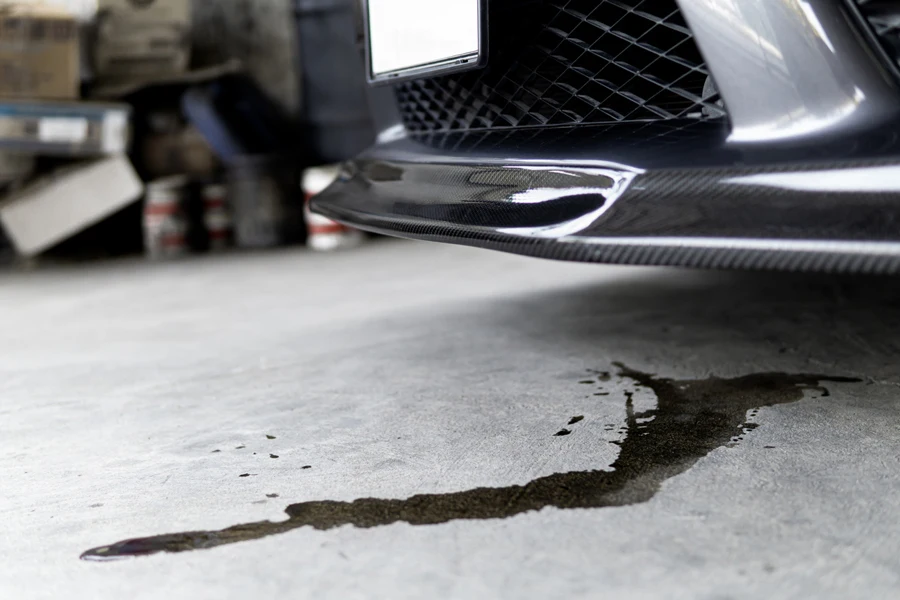
Range Rover Sport benötigt verschiedene Flüssigkeiten, um richtig zu funktionieren. Solche Flüssigkeiten sind Sie Öl, Servoflüssigkeit, Getriebeflüssigkeit und Kühlmittel.
Die Mehrheit der Autobesitzer gibt an, dass ihr Auto häufiger ausläuft oder zu wenig Flüssigkeit hat, was zu Schäden führt, deren Reparatur kostspielig ist. Beispielsweise kann ein niedriger Kühlmittelstand zu einer Überhitzung führen und den Motor beschädigen. Dasselbe gilt für einen niedrigen Motoröl- und Getriebeölstand, was zu Getriebe Probleme.
Das Leck kann die Folge eines Schlauchbruchs sein, Dichtung Leck oder Dichtungsfehler, und man kann ein Leck erkennen, wenn man Flüssigkeitspfützen im geparkten Auto sieht. Frühzeitig erkannte Lecks können helfen, kostspielige zukünftige Werkstattbesuche zu vermeiden.
5. Elektrische Probleme
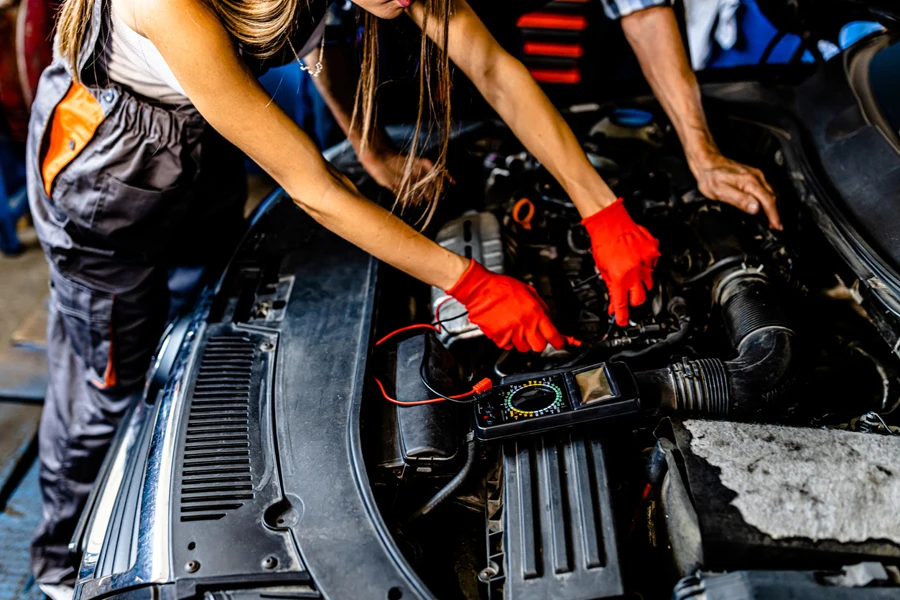
Land Rover hat neue Technologien in seine Autos eingebaut, wie beispielsweise den Range Rover Sport, deren elektrische Systeme viel Verkabelung erfordern. Besitzer beschreiben häufig elektrische Ausfälle im Auto, wie z. B. elektrische Fensterheber, Türen und Schiebedach, die sich nicht öffnen oder schließen lassen, und Probleme mit dem Infotainment-Bildschirm.
Andere Fahrer beschwerten sich, dass ihr Auto nicht ansprang, weil sie häufig austauschbare Akkus Laden. Einige davon lassen sich sehr leicht beheben, während andere schwer zu lokalisieren und die Grundursache zu ermitteln sind, insbesondere wenn Sensoren, Module oder Verkabelung betroffen sind. Es wird daher empfohlen, das Auto zu einem qualifizierten Mechaniker zu bringen.
Fazit
Beim Range Rover Sport können elektrische Störungen, Bremsprobleme und Flüssigkeitslecks auftreten, was die Besitzer frustrieren kann. Der Vorteil ist, dass sie behoben werden können, wenn sie frühzeitig erkannt werden, um weitere Schäden am Fahrzeug zu verhindern. OEM- oder Aftermarket-Teile zur Behebung von Problemen mit dem Range Rover Sport finden Sie unter Chovm.com.
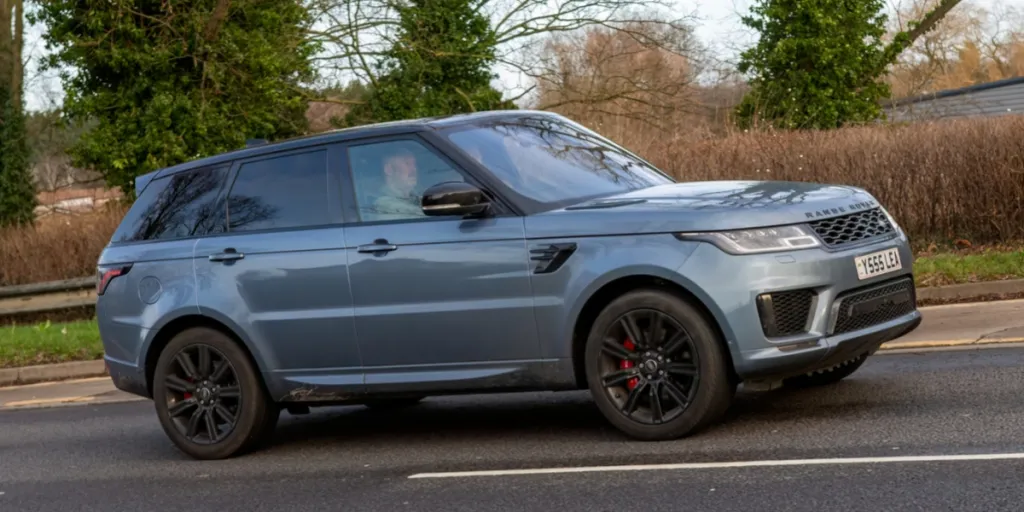




 বাংলা
বাংলা Nederlands
Nederlands English
English Français
Français Deutsch
Deutsch हिन्दी
हिन्दी Bahasa Indonesia
Bahasa Indonesia Italiano
Italiano 日本語
日本語 한국어
한국어 Bahasa Melayu
Bahasa Melayu മലയാളം
മലയാളം پښتو
پښتو فارسی
فارسی Polski
Polski Português
Português Русский
Русский Español
Español Kiswahili
Kiswahili ไทย
ไทย Türkçe
Türkçe اردو
اردو Tiếng Việt
Tiếng Việt isiXhosa
isiXhosa Zulu
Zulu